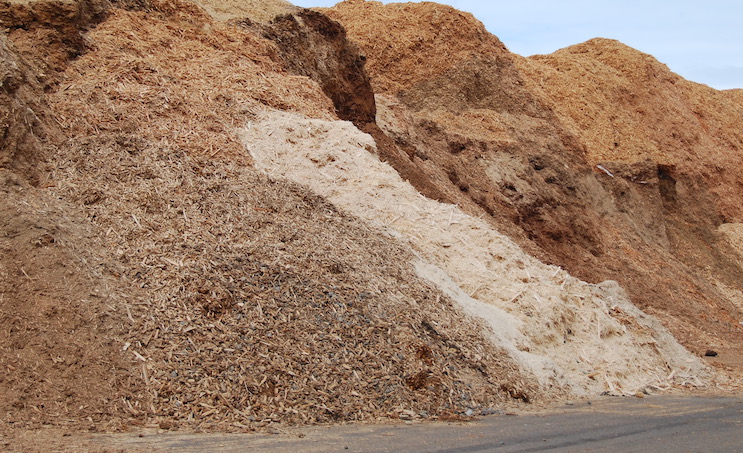
Bioenergy Europe welcomes REDIII revision adoption, raises some concerns
September 14, 2022
By Bioenergy Europe
Bioenergy Europe welcomes the adoption of the Renewable Energy Directive (REDIII) revision by the European Parliament. However, the new definition of primary woody biomass still raises some concerns.
 Photo: Annex Business Media
Photo: Annex Business Media Bioenergy Europe welcomes the adoption of the Renewable Energy Directive (REDIII) revision by the European Parliament. However, the new definition of primary woody biomass still raises some concerns.
Today, the European Parliament adopted its position on two key files for the bioenergy sector: the Energy Efficiency Directive (EED) and the Renewable Energy Directive (RED). In its efforts to increase Europe’s energy and climate ambitions, the Parliament voted for a higher renewable target, with the aim of reaching 45 per cent RES by 2030. If we are to achieve these targets, the need for biomass is more crucial than ever. Therefore, we welcome the Parliament’s decision to keep counting all biomass for energy, including primary woody biomass, towards the renewable energy target.
Despite this positive outcome, the adopted text still presents some concerning issues such as the lack of support for primary woody biomass (PWB). This new measure will make bioenergy from primary woody biomass the only renewable source not eligible for support, creating an uneven playing field with other solutions, and this is not acceptable. When comparing subsidies per unit of energy produced, biomass receives significantly lower support than other renewable sources, not to mention fossil energy. Given that sustainable bioenergy is almost exclusively sourced, produced and dispatched within the EU, the subsidies which the sector receives are being used efficiently to support the EU economy and to create jobs. Removing these subsidies without eliminating support to fossil fuels will send troublesome signals to the market slowing decarbonization.
On top of this, the Parliament also established a cap for the share of PWB relative to the total biomass used, which would be limited to the share of PWB from 2017-2022. Caps and phase-downs would be counterproductive at a time when we need to mobilize all our available resources. “Succeeding in the energy transition, becoming more energy independent is only possible if we don’t restrict any renewable energy for wrong reasons. Decision makers should trust more scientific evidence. Primary biomass comes from sustainable forest management practices that are necessary for our forests to stand challenging climate pressure,” says Jean-Marc Jossart, secretary-general of Bioenergy Europe.
Limiting the use of a renewable source like bioenergy contradicts the ambitions of the European Commission to ramp up renewables and meet their ambitious climate goals. This affects the entire supply chain, starting with forest owners who depend on the revenues they receive from the bioenergy sector to continue managing their forests in a sustainable way. Without management, forests would be even more under pressure as a result of the changing climate, leaving them with too little time to adapt on their own. Indeed, a leading climate scientist, Prof. Michael Obersteiner, and EC Commissioner, Fans Timmermans, have stated that, without biomass, we are not going to achieve the 1.5 C target.
Bioenergy Europe’s policy director Irene di Padua comments on the vote: “Today’s result is a clear signal that biomass is and will remain a part of the EU’s renewable energy future, and we welcome this. The proposal to exclude primary woody biomass from renewables would have been a missed opportunity, as primary woody biomass represents 20 per cent of the total renewable energy mix in the EU. Considering the effects it would have, not only on wood-related sectors, but also on energy security for the entire EU, this would have been a very worrisome outcome.”
As stressed today by the rapporteur, MEP Markus Pieper during his press conference, “we need wood-based biomass for energy in order to achieve the energy transition.”
Print this page